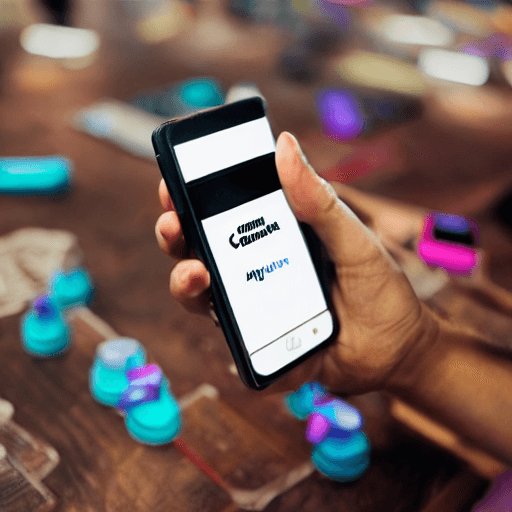

The mobile gaming market is a behemoth. Billions of people worldwide spend significant time and money playing games on their smartphones and tablets. Attracting new players to your mobile game isn’t just about having a great game; it’s about a sophisticated and targeted user acquisition strategy. Meta (formerly Facebook and Instagram) offers unparalleled reach and targeting capabilities, making it a crucial platform for mobile game developers. However, simply running generic app install campaigns isn’t enough. To truly “win the mobile game,” you need a mobile-first optimization strategy, deeply integrated with your Meta campaigns. This article will delve into the key strategies, tactics, and best practices for maximizing your user acquisition efforts through Meta Ads, specifically designed for the mobile gaming landscape.
Before diving into Meta strategies, it’s vital to understand the unique characteristics of the mobile gaming market. Unlike traditional gaming, mobile gaming is often consumed in short bursts, frequently during commutes, breaks, or downtime. Player attention spans are shorter, and competition for their time is fierce. Furthermore, the app store ecosystem is incredibly crowded. Millions of apps vie for attention, making it harder than ever to stand out. Understanding these dynamics is the foundation for any successful user acquisition strategy.
Mobile gamers typically engage with games in specific contexts. They might be playing during their lunch break, waiting for public transport, or relaxing at home. This influences their decision-making process. They’re often receptive to targeted offers and promotions that align with their interests and current situation. For example, a puzzle game might be promoted during a commute, while a fast-paced action game could be targeted to users browsing during downtime.
The app stores (Apple App Store and Google Play Store) are the primary gateways to mobile games. App install campaigns on Meta are essentially designed to drive users to these stores. However, simply getting an install isn’t enough. You need to optimize your app store listing (ASO – App Store Optimization) alongside your Meta campaigns to maximize your chances of conversion. A strong ASO strategy will improve your app’s visibility in the app store search results, leading to more organic installs.
Meta’s targeting capabilities are arguably its strongest asset. For mobile games, you need to go beyond basic demographics and interests. Here’s a breakdown of effective targeting strategies:
The visual nature of mobile games demands compelling creative formats. Don’t just rely on standard app install ads. Here’s what works best:
Running a successful Meta campaign isn’t a “set it and forget it” process. Continuous optimization is key. Here’s how to approach it:
While Meta is a crucial platform, a truly mobile-first strategy extends beyond your Meta campaigns. Consider these elements:
As mentioned earlier, ASO is critical. Optimize your app store listing with relevant keywords, compelling descriptions, and high-quality screenshots. Monitor your app’s ranking in the app store search results and make adjustments as needed. Localize your app store listing for different regions to reach a wider audience.
Ensure your game’s website is fully optimized for mobile devices. Create dedicated landing pages for your Meta campaigns that are mobile-friendly and designed to drive installs. Use clear calls to action and highlight the key features of your game.
Partner with mobile gaming influencers to promote your game to their followers. Influencer marketing can be a highly effective way to reach a targeted audience and generate buzz around your game. Choose influencers who align with your game’s genre and target demographic.
Use push notifications to re-engage existing players and encourage them to return to your game. Send targeted notifications based on player behavior and preferences.
Successfully acquiring and retaining mobile game players requires a holistic, mobile-first strategy. By leveraging the power of Meta’s targeting capabilities, creating compelling creative formats, and optimizing your campaigns based on data, you can significantly increase your chances of success. Remember to continuously monitor your performance and adapt your strategy as needed. Don’t just focus on acquiring new players; prioritize player retention to build a loyal community around your game.
Disclaimer: This information is for general guidance only and may not be applicable to all situations. Consult with legal and marketing professionals for specific advice.
Would you like me to elaborate on any specific aspect of this strategy, such as ASO, influencer marketing, or LTV modeling?
Tags: mobile game user acquisition, Meta Ads, mobile game marketing, app install campaigns, user acquisition strategy, mobile game optimization, Meta campaigns, app promotion
[…] and Gender: Mobile game preferences vary significantly by age group. Teenagers are more likely to play fast-paced action […]